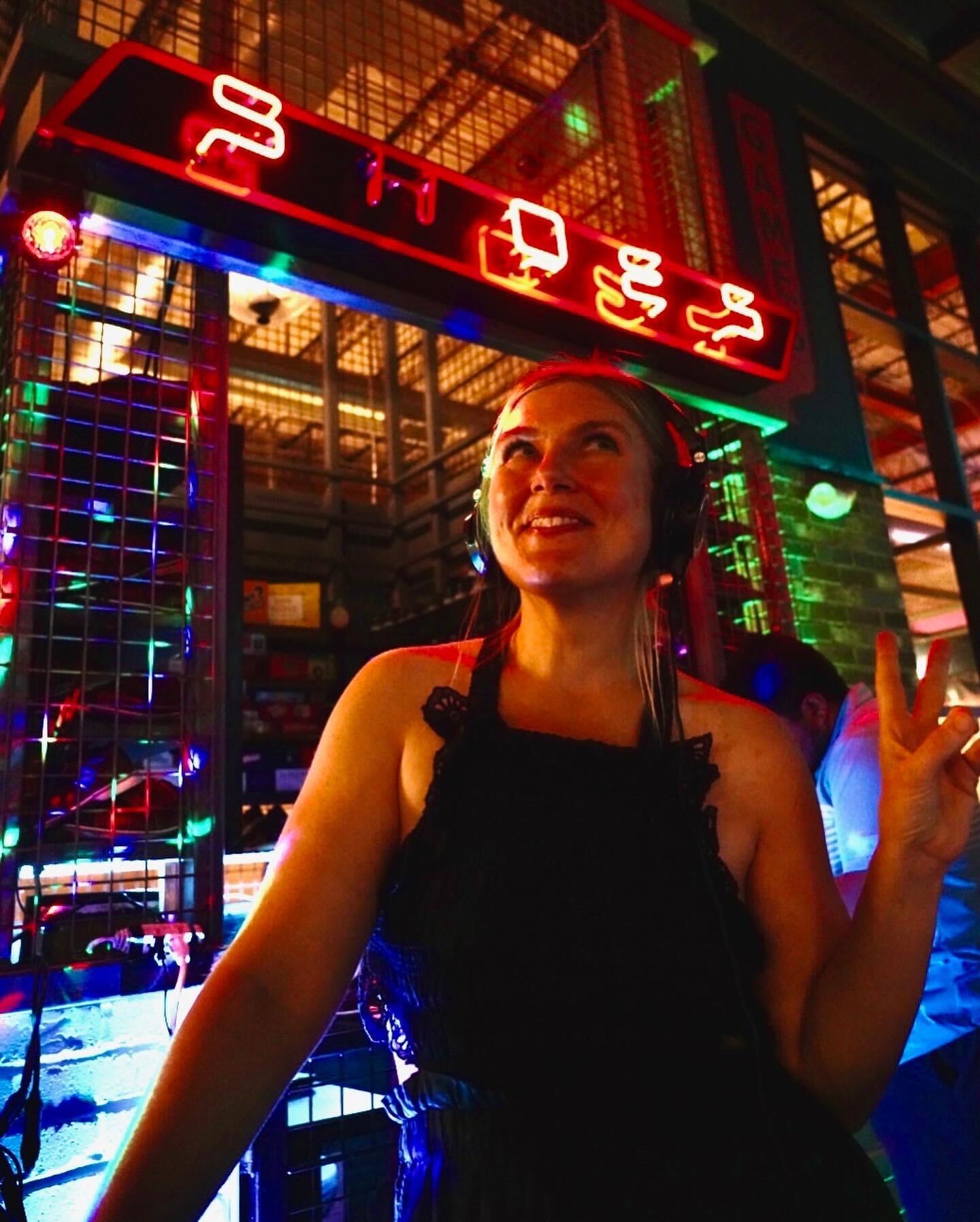
It’s been 50 years since George A. Romero’s “Night of the Living Dead” hit theaters and permanently cemented the undead in people’s collective nightmares. The film reflected 1968’s turmoil, bringing fears surrounding race and social change to life.
But when Romero set out to make the film, he had no idea the lasting impact it would bring. He didn’t even think he was making a zombie film. But decades later, “Night of the Living Dead” would be widely credited for jump-starting the popular genre.
“George Romero grew up on the Haitian zombie, the voodoo zombie,” CU professor and horror novelist Stephen Graham Jones told Colorado Matters. “When he did ‘Night of the Living Dead,’ he and John Russo, they were coming up with just a monster basically.”
Jones said the word “zombie” is never even mentioned in the film. Instead, the undead are referred to as murder-happy people or ghouls.
Despite Romero’s film launching the modern zombie boom, the history of the monster stretches back centuries and pops up in almost every culture.
Zombie 101
1. Ancient zombies inspired protective architecture.
A very early iteration of the zombie can be found in ancient Tibet, known as the rolangs. Even some of the architecture from that time reflects the legend. Many low doorways were constructed because ancient Tibetans believed rolangs couldn’t bend their legs.
2. "Braaiiiins" wasn't always the catchphrase.
Brain-eating didn’t start until 1985 with John Russo’s "Return of the Living Dead." It was the first comic approach to the monster, and subsequently killed off scary zombie films for about a decade.
“The idea of a creature that has to only eat brains doesn’t make biological sense,” Jones said.
3. What are zombies made of?
"Night of the Living Dead" brought four important characteristics to the zombie that has continued to this day: flesh hunger, decomposition, infectiousness and the necessity to destroy the zombie’s brain to kill it.
4. The word has West African origins.
The word “zombie” comes from West Africa. The Oxford English Dictionary roots the word in "zumbi," which means fetish, and "nzambi," which means god. The word made its way to the west when Africans were taken as slaves to Haiti, which gave birth to the Haitian zombie myth.
5. Zombies are an international success, in part because of guilt.
Zombies are so cross-cultural because it gives people a way to engage with their own death. The monster is also a public service announcement in a way, enforcing age-old traditions of properly disposing of and respecting the dead.
“It’s how we caution ourselves to have proper relationships with corpses,” Jones said.









